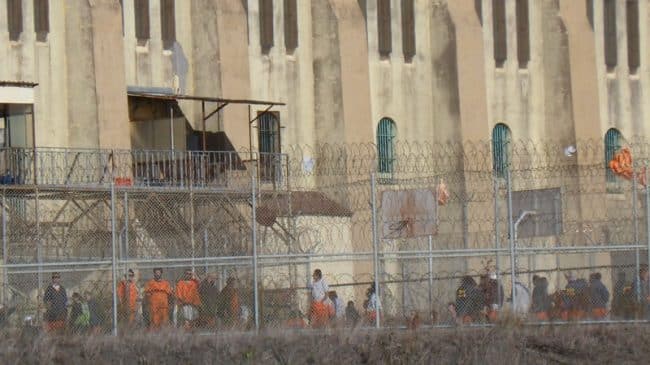A new report published today by the Bureau of Justice Statistics shows that, for the first time since 2009, the total number of prisoners in the United States increased in 2013. According to the report, there were 1,574,704 prisoners housed in state and federal prisons, or 4,344 additional prisoners at the end of 2013 than at the end of 2012. Prior to 2013, the total number of prisoners in the United States decreased steadily for the past four years.
What’s most surprising from this report is the fact that the number of federal prisoners actually decreased, albeit slightly. At the end of 2013, there were 215,866 federal prisoners, or 1,949 fewer federal prisoners than at the end of 2012. This represents a 0.9 percent decrease in the federal prison population.
The biggest driver of the increased total number of prisoners in 2013 came from the states. According to the report, there were 1,358,975 state prisoners at the end of 2013, or 6,393 more state prisoners than at the end of 2012. While this only represents a 0.5 percent increase in the number of state prisoners, it is still the first time the number of state prisoners increased since 2009.
The states with the highest incarceration rates at the end of 2013 were as follows: Louisiana (847 per 100,000 citizens), Mississippi (692 per 100,000), Oklahoma (659 per 100,000), Alabama (647 per 100,000), and Texas (602 per 100,000).
As highlighted in our October 2013 study, Louisiana’s high incarceration rate is primarily due to its harsh sentencing laws. Louisiana’s 2014 legislative session was particularly ugly, as no meaningful reforms aimed at reducing the prison population were passed. This likely means that Louisiana’s incarceration rate will remain the highest in the nation for the foreseeable future.
It’s important to note that not all states saw an increase in their prison population. Indeed, a number of states saw a rather dramatic decrease in their prison population in 2013.
Among the states that experienced the highest decreases in their prison population were: Alaska (9.8 percent decrease), Idaho (5.5 percent decrease), Hawaii (5.3 percent decrease) Kentucky (5.3 percent decrease), and Massachusetts (3.6 percent decrease).
Overall, however, this report is particularly discouraging given that the states had been seen as leaders on sentencing reform in recent years. Hopefully this will serve as a wake-up call to policy makers that what has been done so far, if anything, has not been enough. In order to safely and effectively reduce state (and federal) prison populations, serious and meaningful sentencing reform must be a priority. As this report has shown, doing anything less will only yield temporary results.

